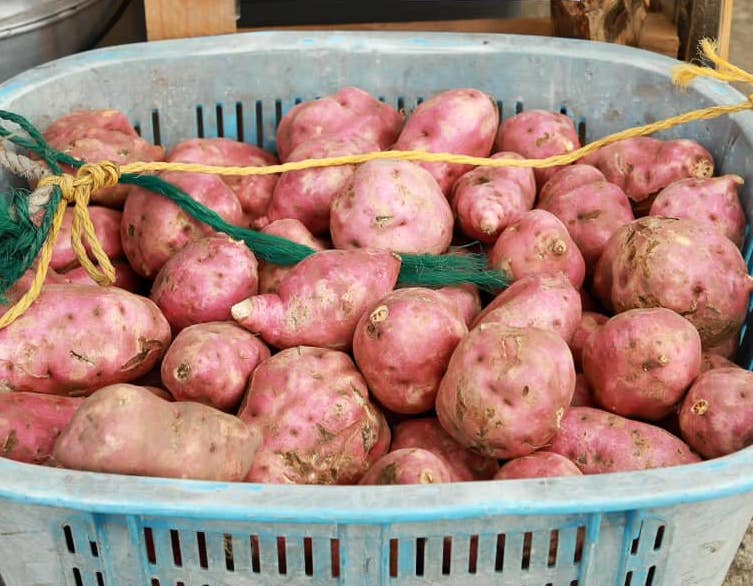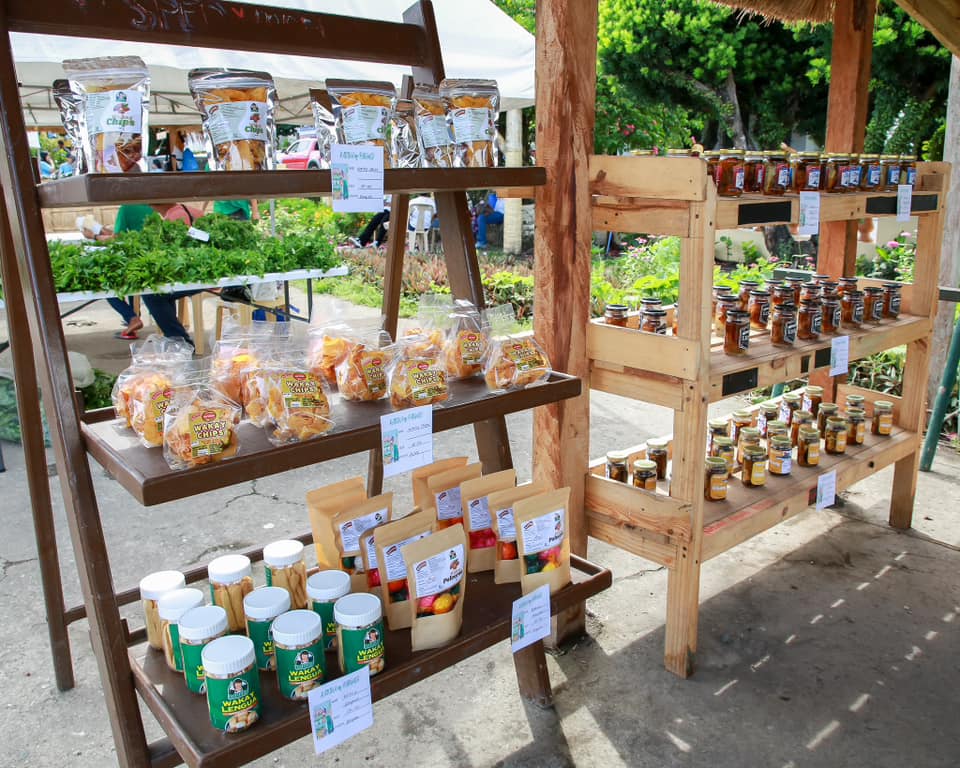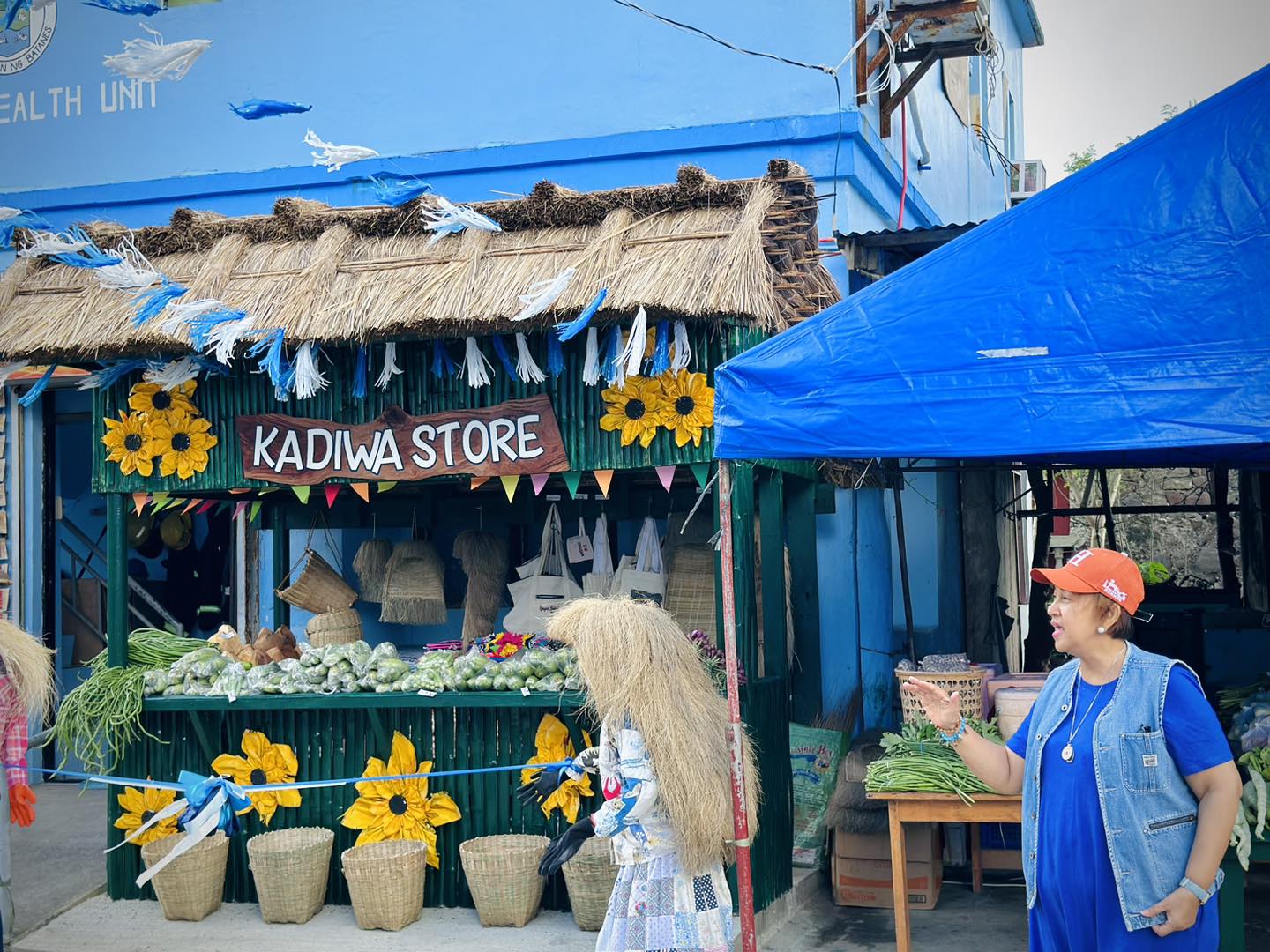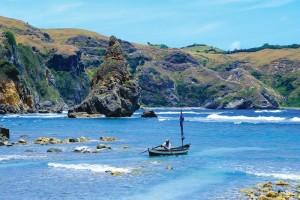The Batanes province is usually among the ‘must-visit’ places on the bucket list of foreign and domestic tourists. Some travel enthusiasts name this island as one of the top tourist destinations in the Philippines. This is because it offers a unique type of refuge — peaceful, serene, and a taste of a back-to-basics lifestyle.
However, behind its unique beauty, Batanes is said to have been born out of turbulence. It lies in the typhoon belt region of the northern Philippine archipelago, shaped by a harsh climate and molded by giant waves.
Based on the Philippine Atmospheric Geophysical and Astronomical Services Administration-Northern Luzon Bureau, there have been at least one to two typhoons directly crossing within the area of responsibility of Batanes province since 1948.
On PAGASA’s record, the most remarkable typhoons that hit the province were the super typhoons Odette in 2013, Ferdie in 2016, Kiko in 2021, and Egay this year. According to the Office of the Civil Defense Region 2, Batanes has been exposed to extreme typhoons, but surprisingly, there have been no recorded casualties through the years.
You might be wondering how they were able to survive these major disasters. Here are the secrets.
Limestone houses
Batanes is known for its unique houses called ‘Rakuh’. They are made out of stones, limes, wood, and thatch or cogon roof. The Ivatan house depicts the effects of harsh climatic conditions on the islands and the efforts of the natives to adapt to a rigorous tropical environment. It has withstood the test of time.
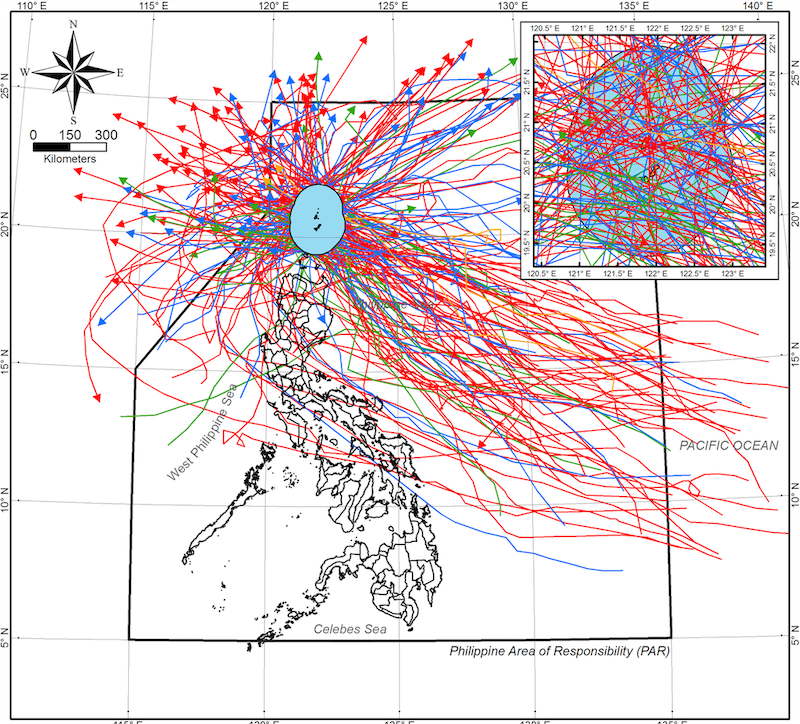
According to Philippine architecture, the Rakuh commonly consists of two structures: the house proper and the kitchen or storage area. The main house has a larger area that serves as living quarters. The heavier materials provide better shelter from the constant rain. The kitchen or storage area is usually made of wood and thatch.
The walls are made of meter-thick limestone and corals, sturdy enough to withstand the terminal passage of strong winds and typhoons. Compared to the Bahay Kubo, the Ivatan House has significantly lower ceilings and smaller door and window openings to keep the interiors warm.
Bracing for typhoons
Batanes residents are no strangers to strong typhoons. They have a long tradition of bracing high-category typhoons by boarding up their windows with shutters locally called tapangko, and tying up the roof of their houses and other structures called kapanpet. These mitigation measures are unique and distinct to the island province.
With this tradition, the local government included in their priority the purchase of nylon ropes to be distributed to the residents before the landfall of a typhoon. It also provides raw materials for window shutters to the community.
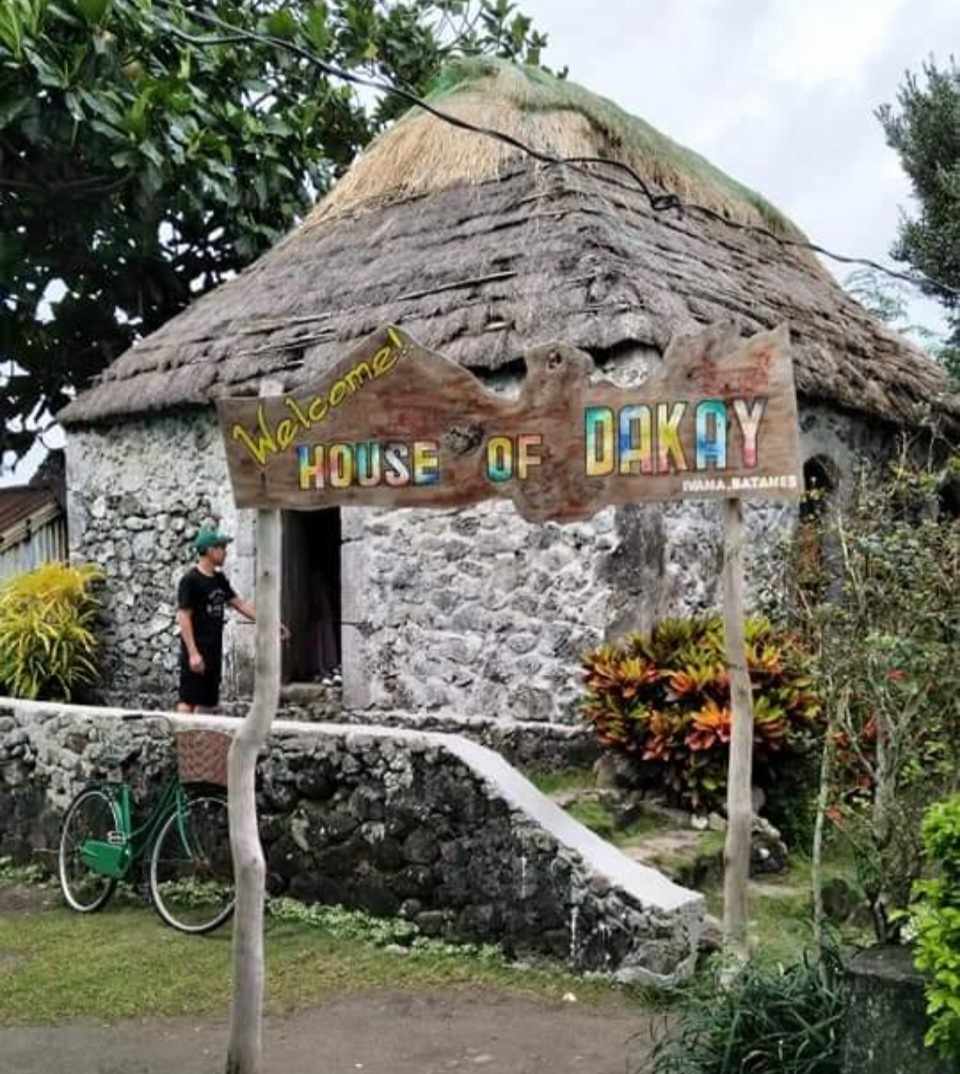
It is also a practice of the people of Batanes to help each other secure their fishing boats during calamities. They do bayanihan to haul their tataya, or fishing boats, and cargo vessels.
Surviving foods
The island is dependent on cargo vessels that transport commodities, both food and non-food items, to the island during fair weather seasons. However, during rainy and typhoon months, no vessel can withstand the wrath of the rough seas in the Balintang Channel, so they need to be resourceful and adopt various strategies to survive.
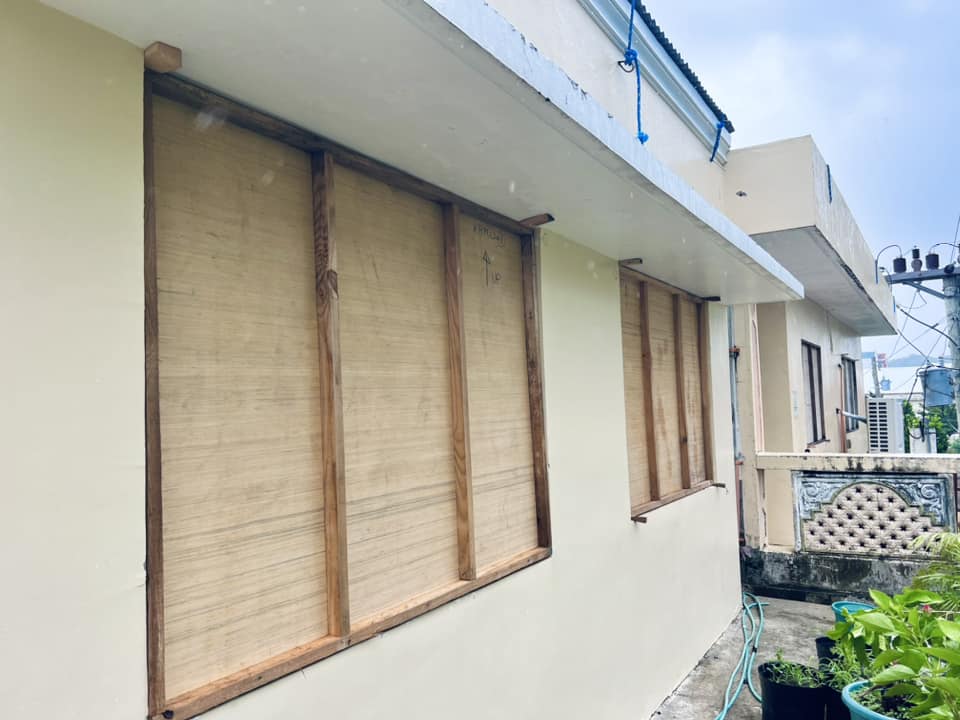
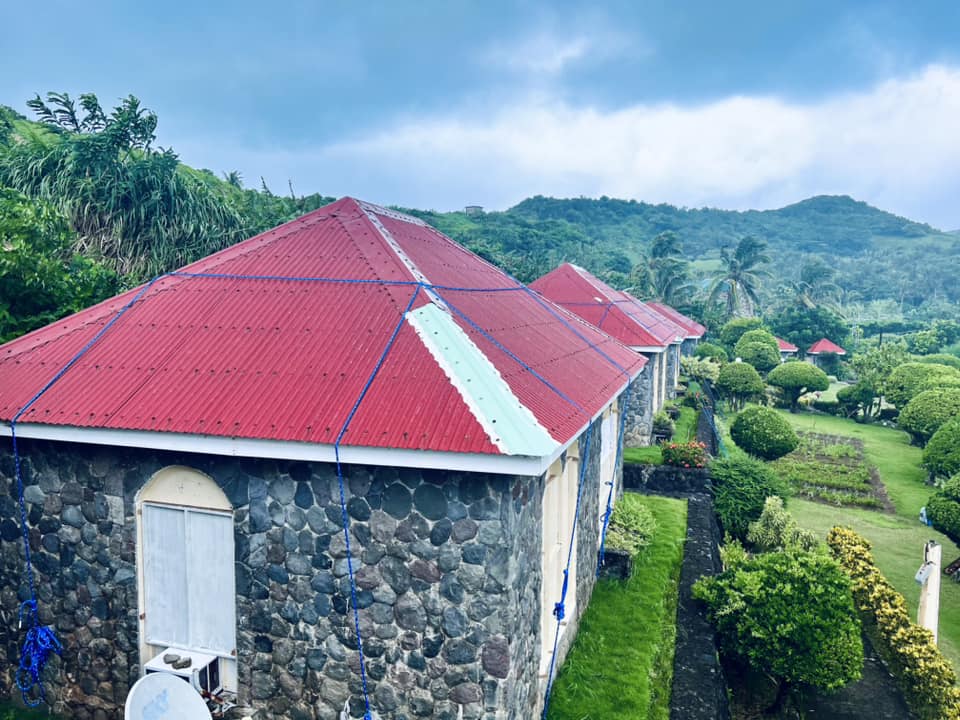
Locals place window shutters and tie up their houses before the landfall of a typhoon. These practices are called tapangko and kapanpet. (Photo courtesy of LGU Batanes)
With this, the Ivatan plant root crops that are resilient to the destructive climate forces. These root crops include purple yam, lesser yam, taro, sweet potato, garlic, ginger, and onion.
The Ivatan also plant different varieties of crops such as pepper, native water turnips, and different varieties of corn, banana, and turmeric, among others. They get their planting materials from their previous harvests and from the Department of Agriculture.
They also learn how to preserve their foods well to ensure enough supply until the next fair climate. Since they are surrounded by sea, they have abundant catches of fish during the summer season such as the ‘dibang,’ or flying fish, and the ‘arayu’ or dorado, which they preserve through ‘Kulay’, a sun and air drying practice of food preservation.
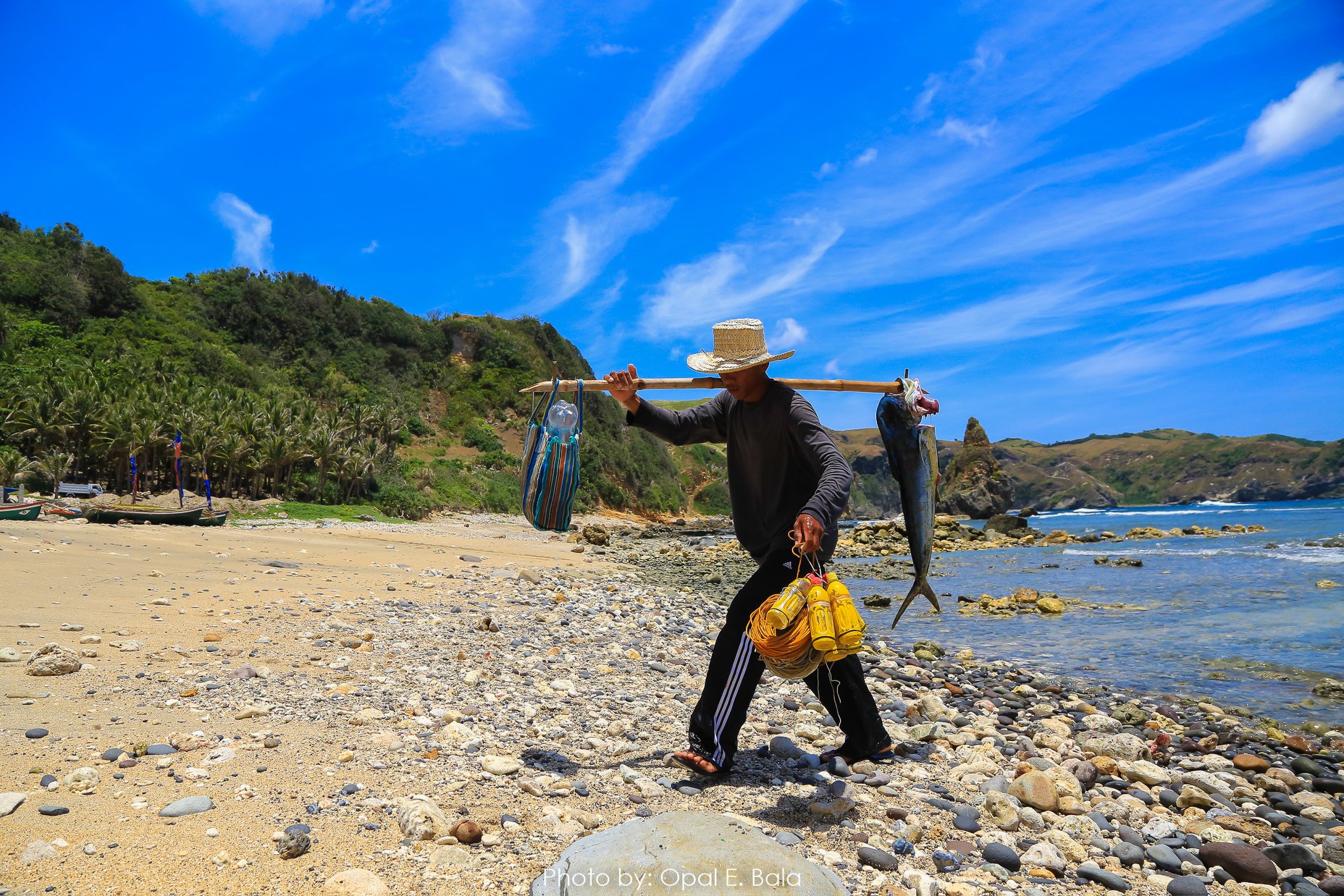
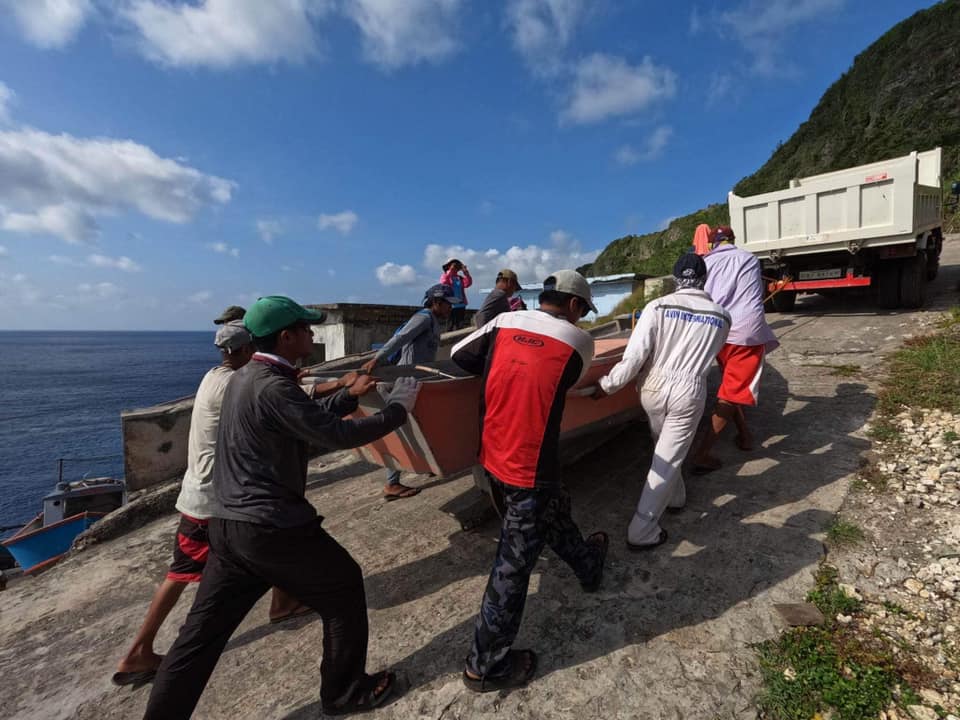
Rice supply is not a problem in Batanes. Their root crops, such as ‘uvi’ or purple yam and ‘wakay’ or sweet potato, are staple foods for them. They pair them with dried fish.
The ‘uved’ or ‘uvud’ is another comfort and survival food of the Ivatans. It is made of finely grated banana corn (found at the base of the trunk of a banana plant) that’s mixed with ground meat (beef or pork) and minced fish.
The Ivatans were able to develop this gastronomic delight because every time there’s a typhoon, their banana plants are severely devastated. ‘Uved’ is now part of their authentic local cuisine.
Fast recovery
The resiliency of the Ivatans can also be measured by how fast they could recover from a calamity. Truly, recovery operations begin immediately after a catastrophe. They do not wait for external or international assistance. They excel in independence.
Even if there are groups that distribute food assistance, no one will go out of their residence and fall in line to receive relief goods. No one begs for assistance. It is their culture. Their culture is based on survival: autonomy, austerity, and strength, always from the entire community working together and helping each other.
For an Ivatan, not rebuilding his own home after a typhoon is a shame. They maintain a culture that, from their food sources to their approach to construction, has stood the test of time.
Government intervention
Though Ivatans display resiliency over disasters, the government, especially the disaster risk reduction and management council, still provides the necessary capability and capacity needs forthe province.
The provincial government and each of the six municipalities were given training on disaster management as well as orientations on climate change adaptation and mitigation initiatives.
Various government agencies assigned to the island province have invested in emergency telecommunication equipment needed during disaster operations. The Philippine Marines has radio and satellite phones, the Philippine National Police hashigh-frequency radios, and the provincial government recently procured Starlink internet connectivity to ensure continuous communication and monitoring during disasters.
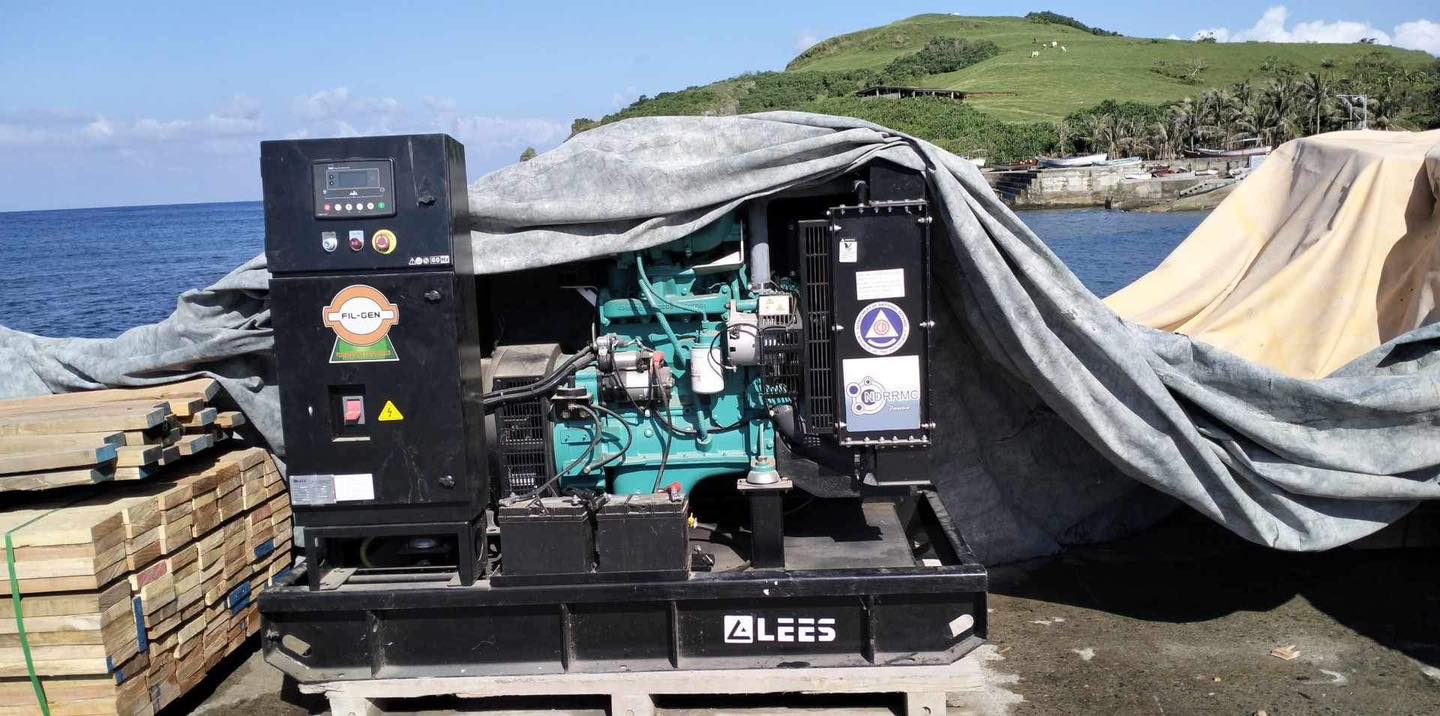
Recently, OCD delivered a 75 kVa of power generator set to the provincial local government to be used when their electric power supply is down and for the power supply of the water system in Basco town. Five units of 50 kVa power generators are also set to be delivered in the municipalities of Mahatao, Ivana, Uyugan, Sabtang, and Itbayat.
Truly, living in a constant storm not only taught the Ivatans to be strong, it also built their resilience. The weather challenges have paved the way for a community of resilience, weathered by time and inspired by a custom of unity, cooperation, and independence. (OTB/PIA Region 2)

